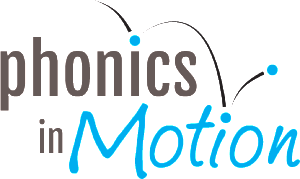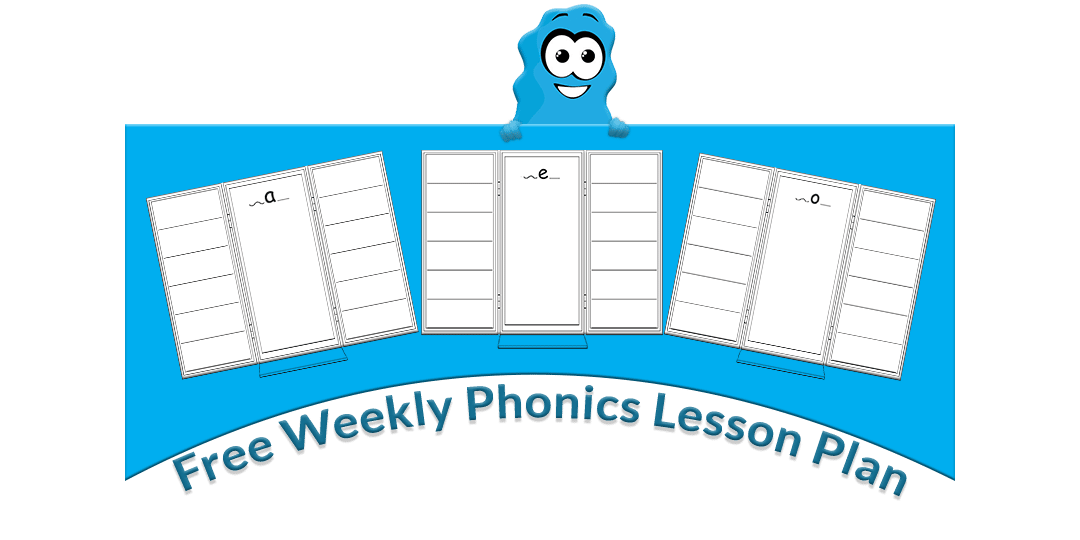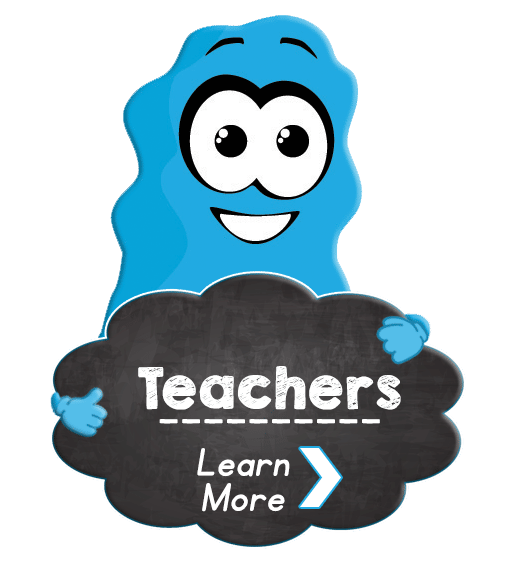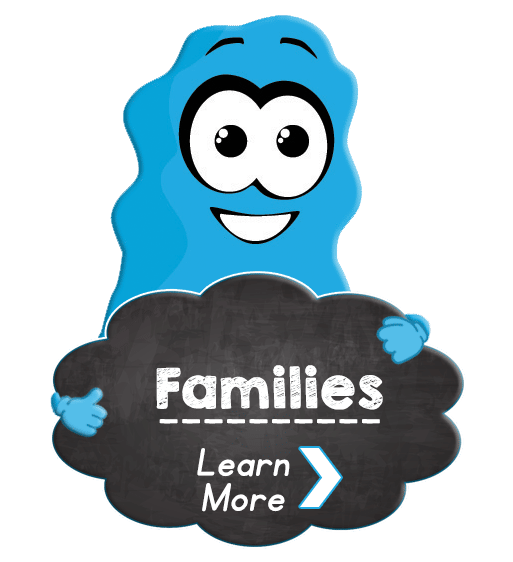What Is Phonics And How Does It Work?
It’s no secret that kids love to read. But sometimes they just don’t know where to start. Phonics instruction helps kids unlock the world of reading and writing.
Phonics is the link between spoken and written language. Children first use it to “crack the code” of print so that they can begin to read words. Later they use it to spell words as they are learning to write.
Phonics is one of the five pillars of early literacy, and understanding the sounds of each letter makes all of the difference in reading success.
What Is Phonics?
Phonics is the process of breaking down individual sounds in a word and then blending those sounds together to make words. For example, the sounds in happy are /h/, /ae/, and /ppy/. By breaking down the word into its individual parts, a child can easily blend those sounds together. This helps them read a new word without having to read the whole thing one letter at a time. It makes learning how to read much easier!
When children are taught phonics, they learn how to read words by sounding them out, instead of trying to memorize whole words. A child who has learned phonics will be able to read most words that he or she encounters.
This approach is often contrasted with the whole-word method. The whole-word method teaches children to recognize words without needing to understand their individual letter sounds.
Studies have shown that teaching phonics to young children in early literacy has a number of benefits. For example, children who learn phonics are more likely to read at a higher level by the time they reach third grade. They are also more likely to enjoy reading and have a better understanding of what they are reading.
How To Teach Phonics
When you’re teaching phonics, remember that it’s not just about sounding out words.
The goal is to help children decode new written words by sounding them out. The word “cat” is a good example of a word that can be decoded. It uses knowledge of letter-sound correspondences:: c says /k/, a says /a/, and t says /t/. When they are blended together they produce the word “cat.”
Reading research has shown that this approach works well for beginning readers who are learning to read English. Letters (or groups of letters) are associated with sounds in the language. Children are taught how to combine those sounds so that they can decode written material. Focusing on phonics can help children learn how to connect the sounds of spoken English with the letters (graphemes) of written English. Then they learn how to blend the sounds into recognizable words.
The Challenges of Teaching Phonics
One of the biggest challenges is getting children to understand the difference between the sounds that letters make and the sounds that words make. Another challenge is getting children to practice phonics skills regularly.
One of the main difficulties that teachers face when teaching phonics is that there is a lot of material to cover. In order to teach phonics effectively, teachers need to be familiar with a wide range of phonemes and all the different ways they can be represented in written English. They also need to be able to identify which phonemes children are struggling with and target their teaching accordingly.
Another difficulty that teachers often face is keeping kids engaged in phonics lessons. Many children find learning about phonemes quite tedious, and it can be difficult to keep their attention for long periods of time. Teachers
How PIM Helps
Phonics in Motion helps kids learn to read quickly! Due to the kinesthetic motions for the phonemes, Phonics in Motion provides a fun and engaging way for children to practice connecting sounds and letters. By anchoring the phonemes into muscle memory, children can easily recall this information when they are reading, improving decoding, comprehension, and fluency skills.
Research shows that children who have learned phonics have a much easier time learning how to read than those who have not. Children with dyslexia often struggle with learning how to read because they don’t understand all of the sounds that make up words. By teaching them these sounds early on, you can help them develop a better understanding of what they are reading and help them become better readers as well.
Phonics in Motion is a great way to help your child learn literacy skills and make their reading practice fun! Phonemic awareness is an important part of literacy, so it’s good to start teaching these sounds early on. It’s never too late to start learning new phonemes and helping your child become a better reader.
By using Phonics in Motion at home, you can have a fun and engaging learning experience with your child that will help them learn how to read properly. They’ll also be able to remember all of these sounds easily so they can use them later on as they develop reading comprehension skills. And if they ever forget one of these sounds, you can always go back to Phonics in Motion and refresh their memory!
Conclusion
Phonics in Motion is backed by the Science of Reading and it helps children learn to read using evidence-based methods.
Work with us to help teach early literacy in your classroom or homeschool!







